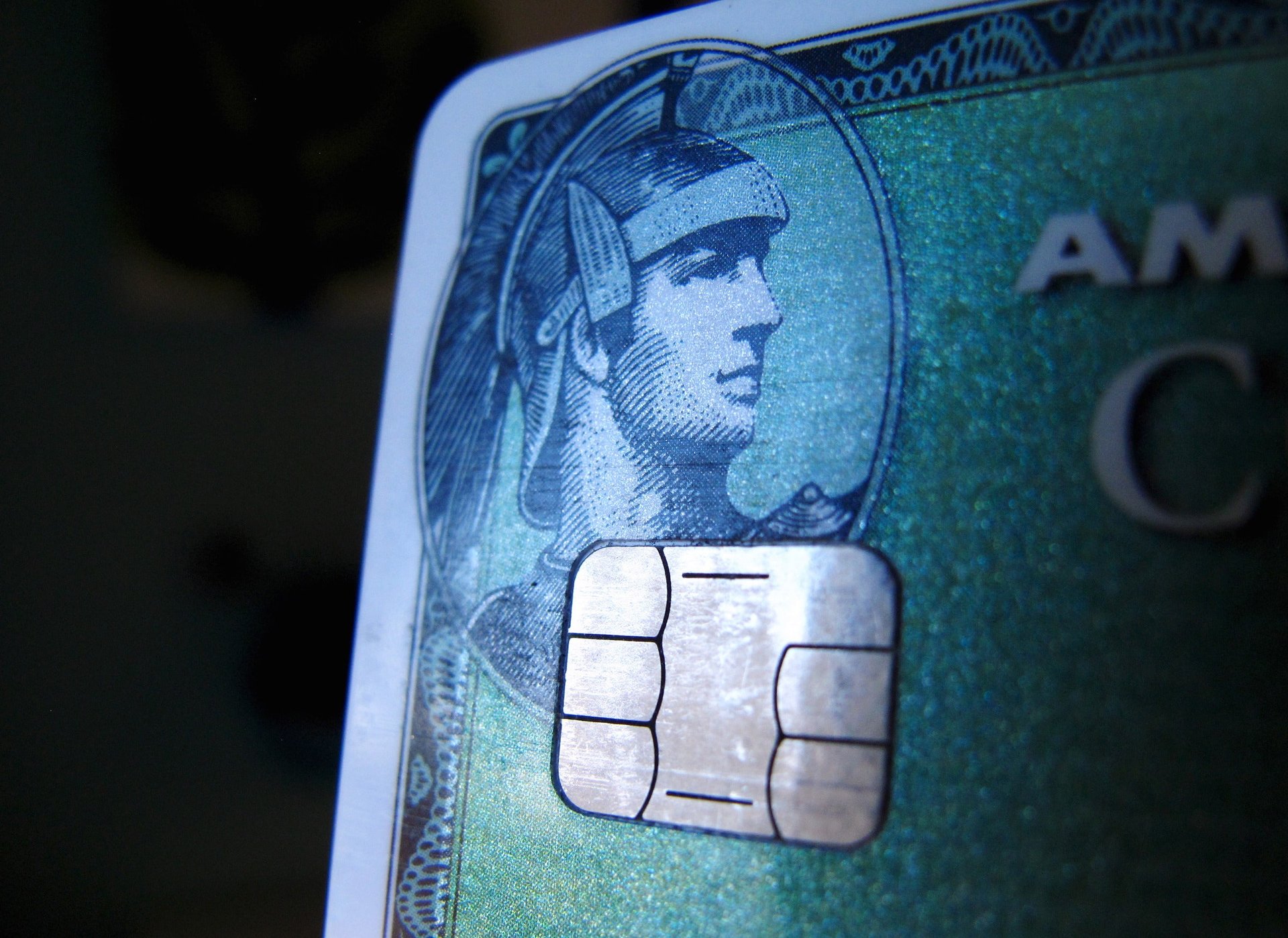New US credit cards are about to make tipping a lot more awkward
In the US, where waiters and bartenders earn a good chunk of their bread and butter off tips, the handing over of the bill to customers is a sacred ritual in which much income is made or lost. Unlike in Europe, Americans typically add their tip on paper at the table when they approve the final charge. But that ritual will go out the window once US credit card companies adopt the European approach.


In the US, where waiters and bartenders earn a good chunk of their bread and butter off tips, the handing over of the bill to customers is a sacred ritual in which much income is made or lost. Unlike in Europe, Americans typically add their tip on paper at the table when they approve the final charge. But that ritual will go out the window once US credit card companies adopt the European approach.
Ahead of an industry-wide shift in the US that goes into effect today (Oct. 1), American card companies have spent the past few months dispatching new cards to their American customers that contain an embedded microprocessor chip (a system European banks and retailers have used for some time). Credit card firms say that replacing the magnetic stripe on the back of the card with the newer chip technology greatly reduces the risk of fraud.
The switch, which prompted a costly revamp of the country’s credit card infrastructure, comes after a slew of major security breaches among US retailers.
While the rules go into effect today, not every restaurant and retailer will be equipped with the new card readers. In addition, not all consumers have received their new chip cards. Instead, the Oct. 1 deadline is meant to push merchants to adopt the new technology. Those that don’t upgrade their equipment will be liable for any card-related fraud in their stores. Previously, banks covered that fraud, and will continue to do so for transactions done using the chip technology.
Under the new system, American chip card users will be presented with a handheld card reader at their table, asked to either sign or enter a four-digit code to verify their identity, and given tip options on-screen. (You would only have to use a pin if your bank requires it and the merchant supports it.)
US customers have benefitted from the status quo. Adding tip after a waiter has swiped a credit card and left the customer with the receipt allows more privacy in choosing a tip amount. With chip cards, institutions like MasterCard and American Express typically suggest to retailers that they add the tipping process to the beginning of the transaction, since the card stays in the machine throughout the approval process while the customer approves the charges on-screen.
That requires the waiter to stand over a customer’s shoulder as they enter a tip, which can prove fairly awkward in a country that leans on gratuity as a source of income.
“The tipping culture of the US will see some behavioral shift based on the user experience with [chip cards],” Nick Holland, head of mobile at Javelin Research, a financial services research firm, tells Quartz. “It’s another effect of the different, and longer, process [with chip cards].”
The shift could lead to bigger tips—a phenomenon already enjoyed by taxi drivers in New York. In a recent Q&A with Quartz, American legal scholar Cass Sunstein explained how default settings on upgraded payment machines in NYC taxi cabs boosted tips, simply by suggesting higher percentages:
“[NYC’s change is a] fantastic example because we have data on the impact and we have some semblance of the reasons for the impact. So the impact of the 20%, 25%, 30% default setting [for tip amounts on-screen] has been to increase tips in New York City by 10%. And that means if a cab driver is earning $6,000 a year in tips there’s a $600 immediate raise. And that’s not by being a better driver or being nicer or the economy booming, it’s just the different default setting.”
If the pattern holds true for other credit card transactions, American restaurant employees might be in for a welcome treat.